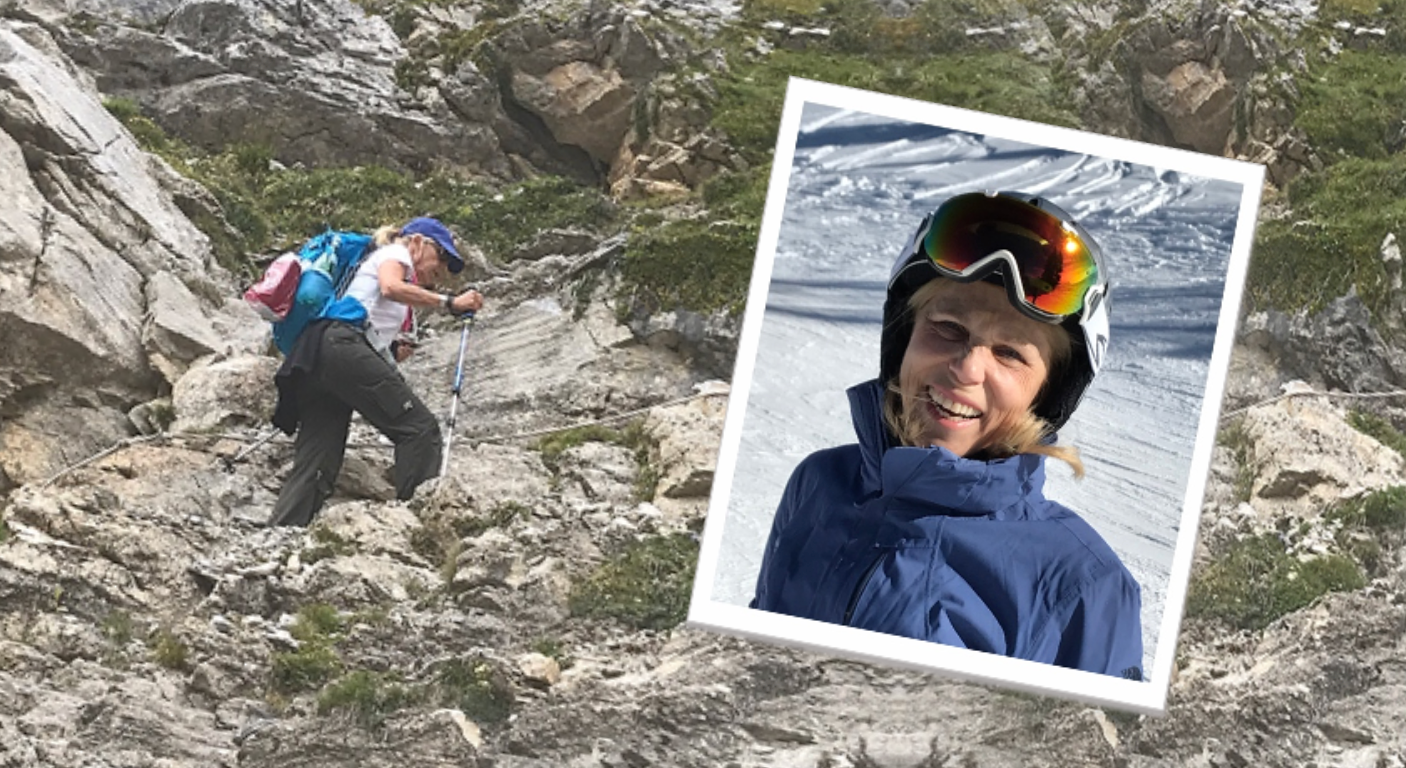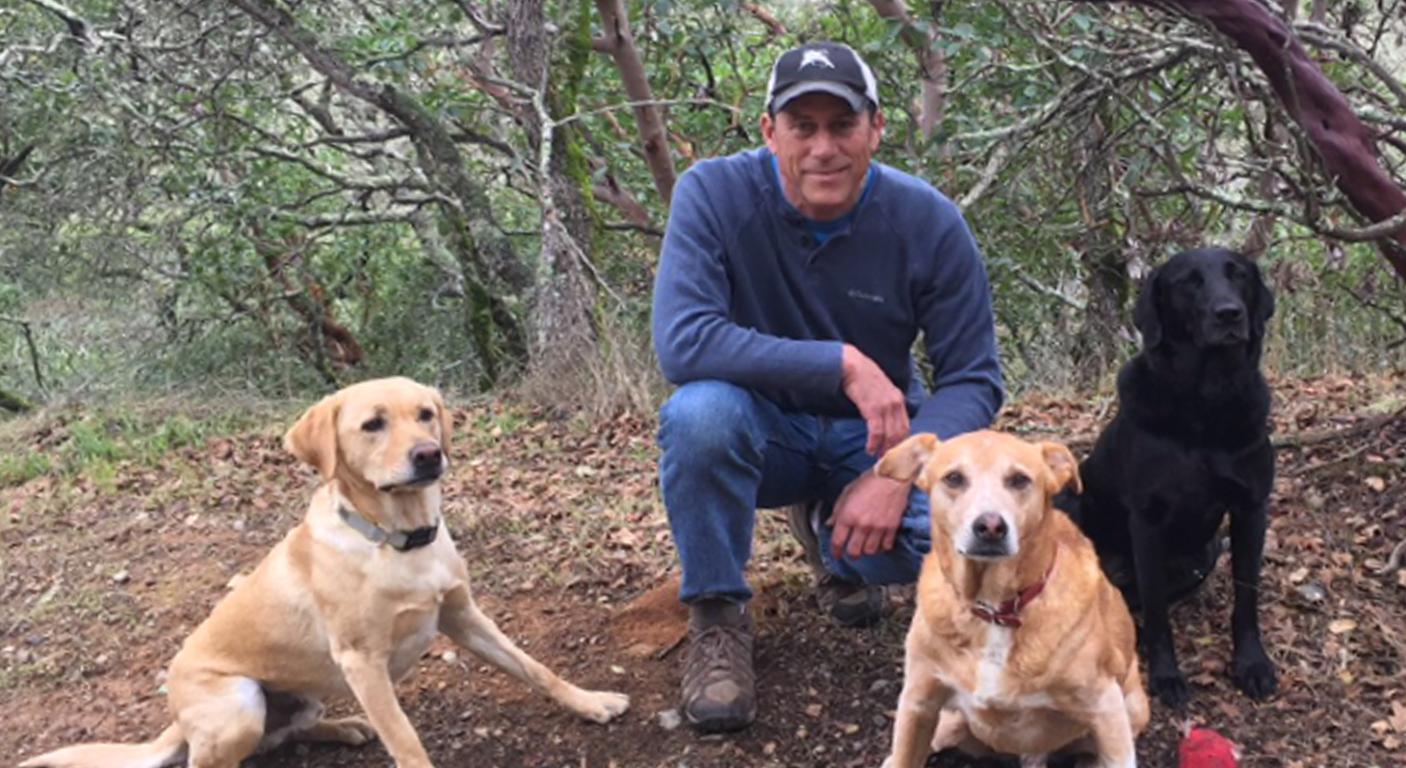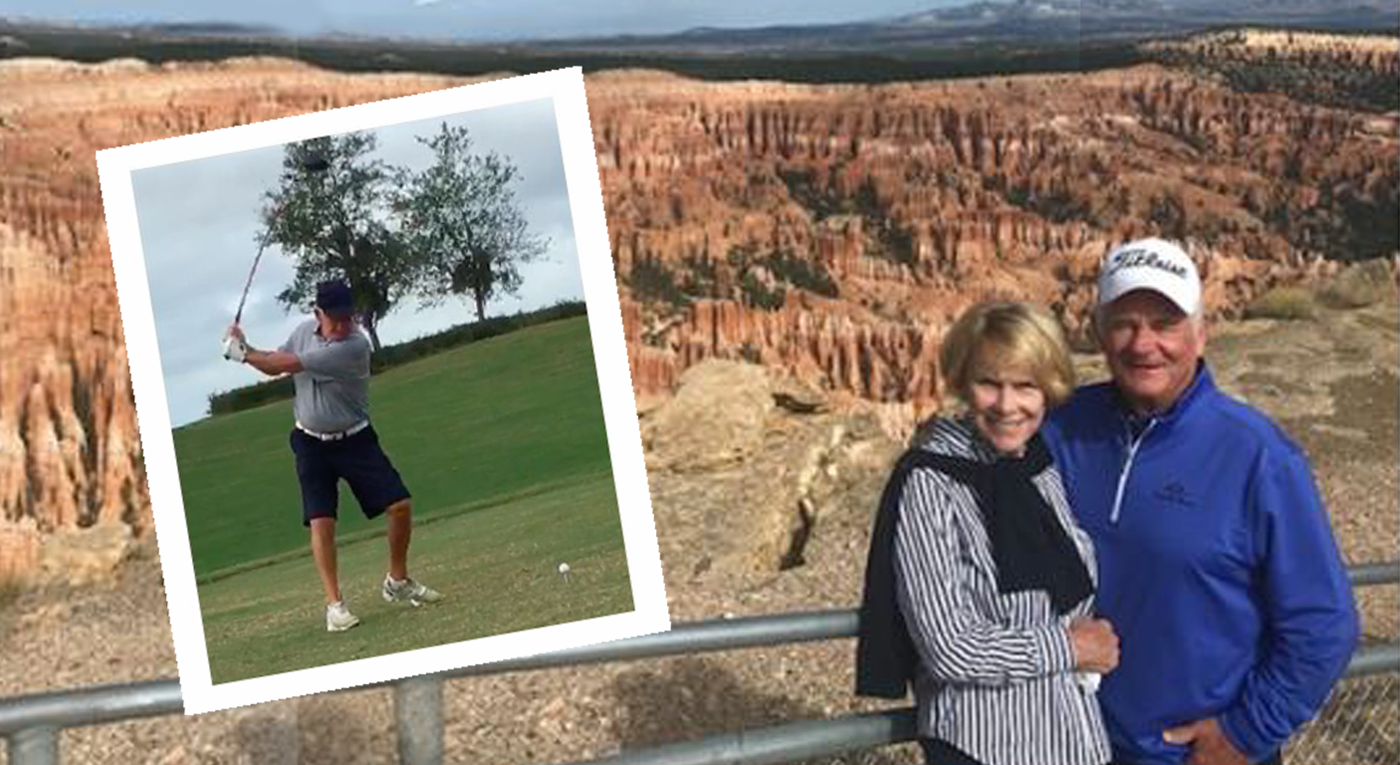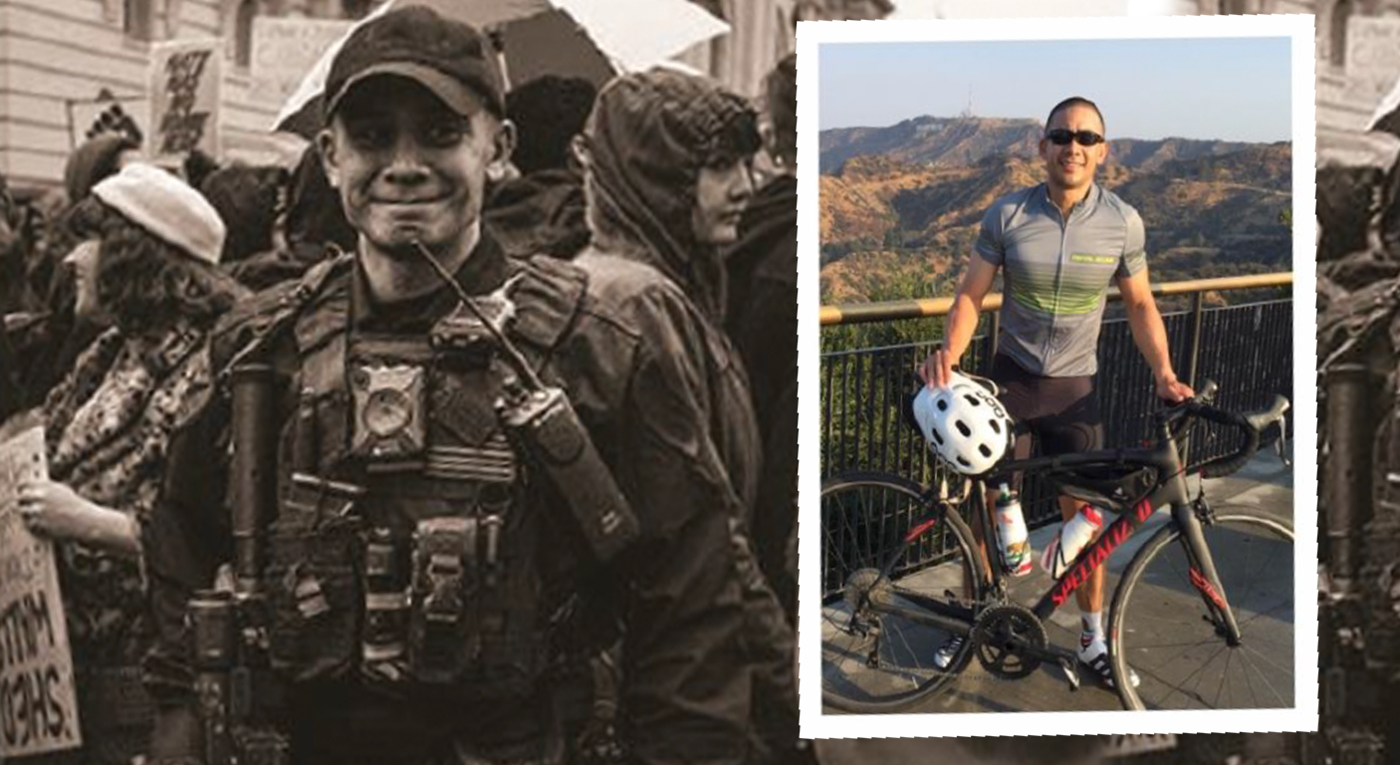
Like most visionary leaders, Ann Mond Johnson is adept at identifying trends and emerging technologies. Her ability to see beyond the conventional is what helped propel her reputation as a leader in healthcare technology. Ann has co-founded and has served as president of Subimo LLC; has led the market expansion for Sachs Group as its senior vice president; has counseled ConnectedHealth as its board chair; and most recently has led Zest Health as its CEO.
In her spare time, Ann seeks out experiences that feeds her drive to explore new risks , like skiing in the Swiss Alps, hiking California’s mountainous terrains, or climbing Machu Picchu in Peru.

When she fractured her shoulder while skiing, Ann tackled her injury with the same energy and vigor that any visionary tech leader would. She faced it head on and chose a telerehabilitation platform for her physical therapy.
“The RecoveryOne platform is the epitome of what future consumer health should be,” said Ann. “It’s a health platform that is easy, obvious, and medically sound.”
What makes RecoveryOne innovative is that it gives patients direct access to their recovery plan while collecting and streaming the data to physicians. It also includes reminder “prompts” that are sent to patients’ mobile devices, letting them know about the next physical therapy session.
“I would start my day going through the exercises after I receive an alert each morning,” noted Ann. “I attribute my complete recovery to the platform.”
Another benefit to using the RecoveryOne platform regularly is the ability to help patients reduce their reliance on pain medicines. Ann believes that with regular use, patients can effectively reduce their pain or their risks for re-injury.
While Ann no longer uses the RecoveryOne pathway for her shoulder, she now uses it for her knee.
The American Telemedicine Association has selected Ann as its chief executive officer. She will lead the network of more than 10,000 healthcare executives in advancing healthcare technology to improve quality while remaining cost effective.







